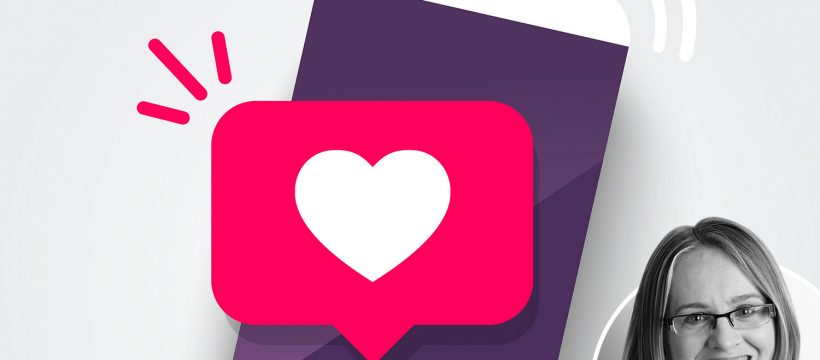A few months ago, my non-social-media-using partner asked me a question that, as young people say, had me shook.
After I demanded we halt our walk by the river so I could take the perfect shot, add a load of filters then compose a witty caption before uploading it to my grid and also adding a version to my Story, Steve turned to me and asked: “Who are you posting that picture for?”
“I’m not posting it for anyone. I’m building my brand,” I blustered.
“So it’s about getting likes then?” he asked.
“No! It’s about sharing content.”
He looked at me knowingly, but knew when to shut up. He didn’t even say anything when I spent the next four hours checking my phone obsessively to see how many people had tapped the magic heart.
And then last month came the news that Instagram has launched a trial in Ireland and Australia, among other countries, that means the number of likes are not shown publicly on posts.
The reaction online was mixed – from influencers who were up in arms that the update would destroy their livelihoods, to mental health advocates welcoming the trial.
I have to confess my own initial reaction was one of horror
I have to confess my own initial reaction was one of horror. If I’m honest, receiving likes is addictive.
They show I’m worth it far more than any celeb-endorsed beauty advert ever can. And it’s no coincidence that in my debut novel, Living My Best Li(f)e, one of the central characters is an influencer who is obsessed with how many love hearts each of her posts gets.
I was a late starter when it comes to the ‘gram, preferring Twitter until I finally caved in February last year.
Of course, my first few posts of pancakes and books I wanted to read were seen by barely anyone, but as my followers increased and I used more hashtags, the likes started rolling in. And that’s when I became hooked.
Psychologist Emma Kenny says there are both chemical and human reasons why this might be.
“When we get a like, we get a tiny hit of feel-good hormone dopamine, plus we feel validated by our fellow social media users,” she explains.
“As humans, we’re poor at self-regulation, so we then crave those same feelings.”
So if we lose that dopamine hit and validation, will we still want to use Insta as much?
I was interested to find out what my friend Lara – who lives in Oz and loves posting glam selfies and jealousy-inducing snaps of Sydney beaches – thought about the new app.
“While I can understand influencers might have a problem with hidden likes, I think it’s great,” she told me.
“Instagram should be the place to share pics without having that anxiety and fear of: ‘Is this good enough for the ‘gram? Will I get enough likes?’ I know I shouldn’t care, but it’s hard to stop yourself, which is why I love the new app.
"My friends and I are less worried about how many likes we’re getting – we’re actually posting more and having fun with it.”
Some of my pictures may not get as many hearts as the images I used to post, but as long as I like a picture, I’ve decided that’s all that matters
Instagram says it launched the trial to find out whether it can help people focus more on “telling their story”.
It’s true that authenticity has long been a problem on the platform, and there have been times when the narrative I’ve presented hasn’t been entirely, er, accurate.
One weekend, I did little more than lie on the sofa eating Wotsits and watching Pride & Prejudice for the 35th time, but after scrolling through Insta and seeing everyone else’s pictures, I felt the need to keep up.
So I posted a pretty image of some sunflowers I’d bought from the supermarket a few weeks before.
When people commented on how clever I was for growing them in my garden, instead of being honest, I basked in their approval and watched the likes rack up.
But if Lara and her friends are anything to go by, publicly hiding likes looks as though it’s winning users over.
Since it seems likely it will eventually come to UK shores, I’ve decided to change the way I use Insta before I’m forced to do so.
Instead of worrying about likes all the time, I’m now trying to create a grid of images that makes me happy.
So from the misshapen strawberries I grew and the #basic cup of tea in my favourite mug to the beige but delicious mac ’n’ cheese I had for dinner, some of my pictures may not get as many hearts as the images I used to post, but as long as I like a picture, I’ve decided that’s all that matters.
- Living My Best Li(f)e by Claire Frost (£7.99, Simon & Schuster) is out now
Instagram really is like a drug – I got wired up to a machine to prove the truly terrifying effect is has on our bodies
Source: Read Full Article


